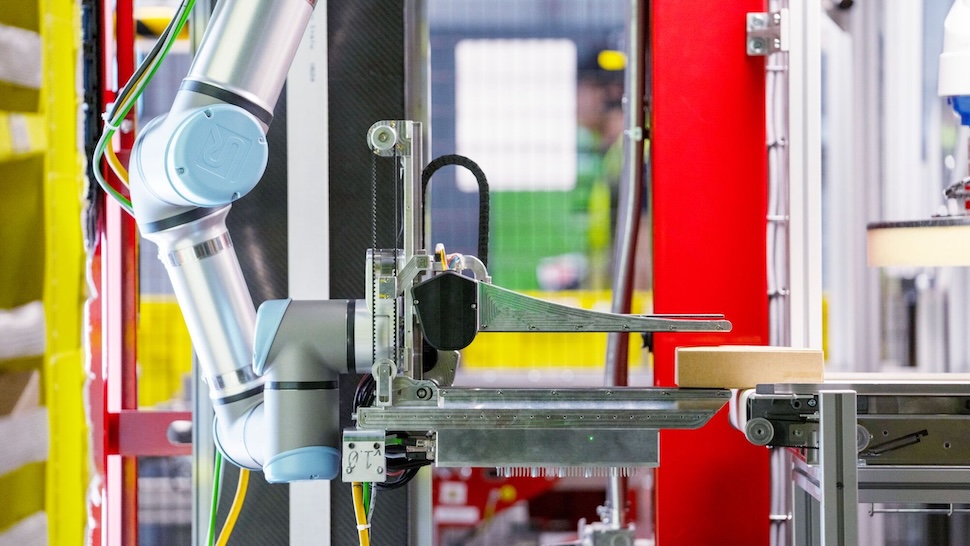
- Amazon's robots handled 224 units/hour, compared with humans at 243 units/hour
- Robots are more consistent, but humans can be quicker in some cases
- Further research is needed to prevent damages
After a series of robotics announcements over the past few years, including its latest Vulcan robot which has a sense of touch, Amazon is testing next-generation models named 'Stow' and 'Pick', and their names say it all – they're designed to assist in the stowing and picking processes at fulfilment centers.
However, the company has acknowledged that current robot technology is in no place to replace human workers despite achieving promising results.
According to its performance testing, humans averaged 243 units per hour compared with robots, at 224 units per hour. The difference is small, but Amazon also highlighted some nuances.
Amazon's robots are good, but not human good
Where the robots stand out is in consistency. "It was also found that humans had greater variation in stow rates: people can quickly stow many small items efficiently, but are slower with large items, crouching for lower bins, or when using a step ladder to reach the top bins," Amazon explained.
The company also observed how humans can perform multiple tasks at once with two hands, such as pulling out a storage bin with one hand and stowing an item with the other – something that the current generation of robots fails to do.
Still, the gap is closing, with Amazon's robots stowing at greater than 85% success at a similar stow rate to humans across more than half a million tests.
That said, there are some challenges with implementing robotics across Amazon warehouses, including damages caused by dropping products, inserting products into stowage bins, and crushing lightweight boxes.
As such, while full human replacement is not feasible yet, hybrid systems are proving to be highly effective, with more work needed on improving handling and reducing damages caused by robots.
"Deeper research into predicting complex item interaction may be required in scaling manipulation more general," Amazon's researchers added.
You might also like
- Sell your products with the help of the best ecommerce platforms
- The best payment gateways help you generate revenue by supporting sales
- Amazon just made its warehouse robots a whole lot quicker, and even smarter







